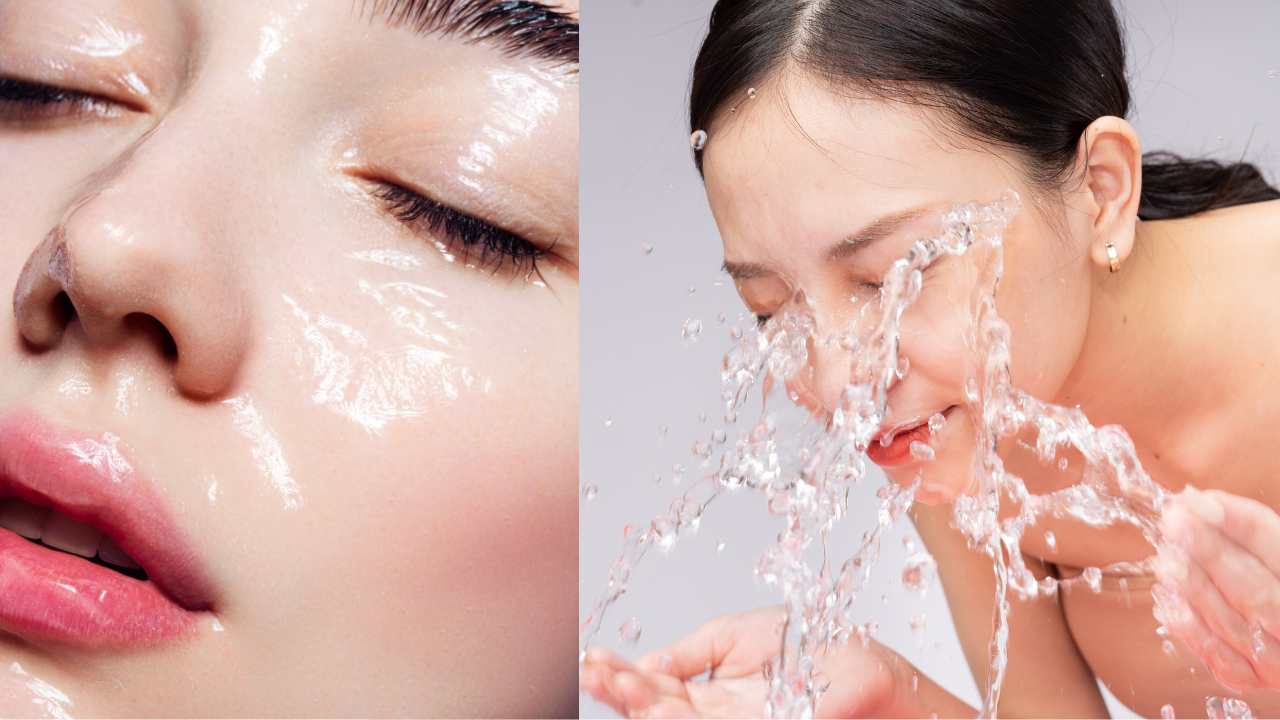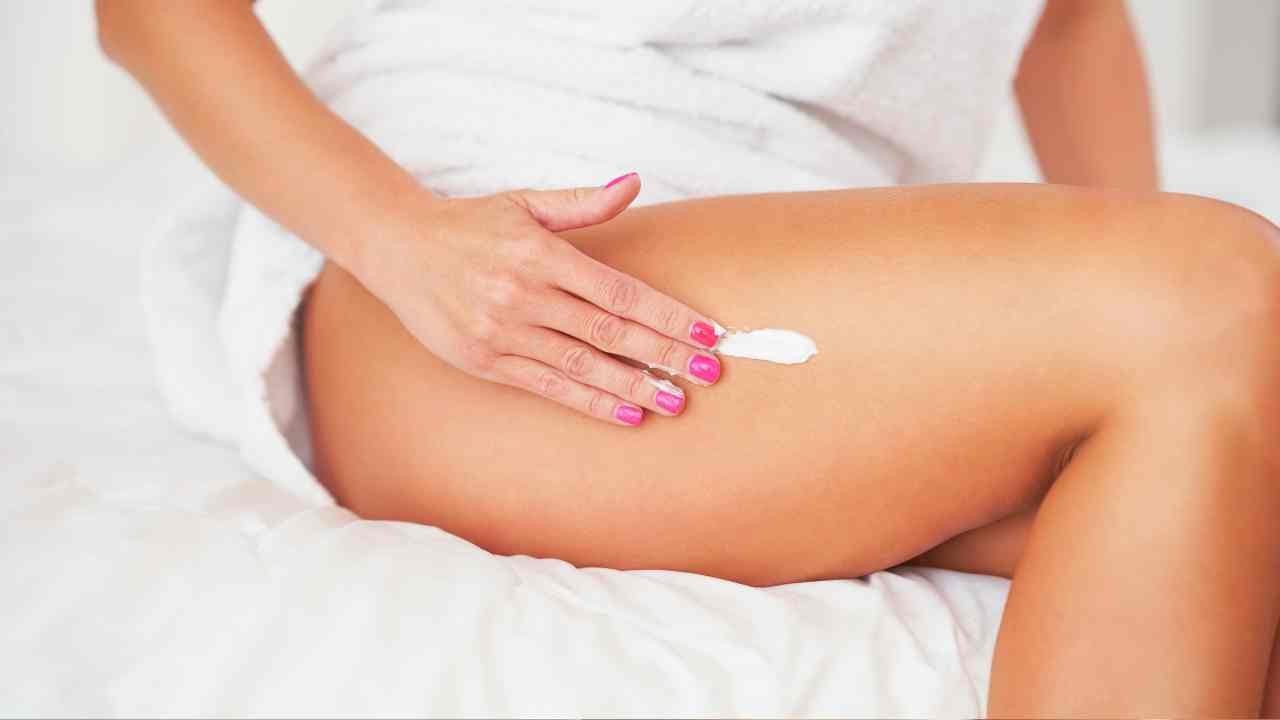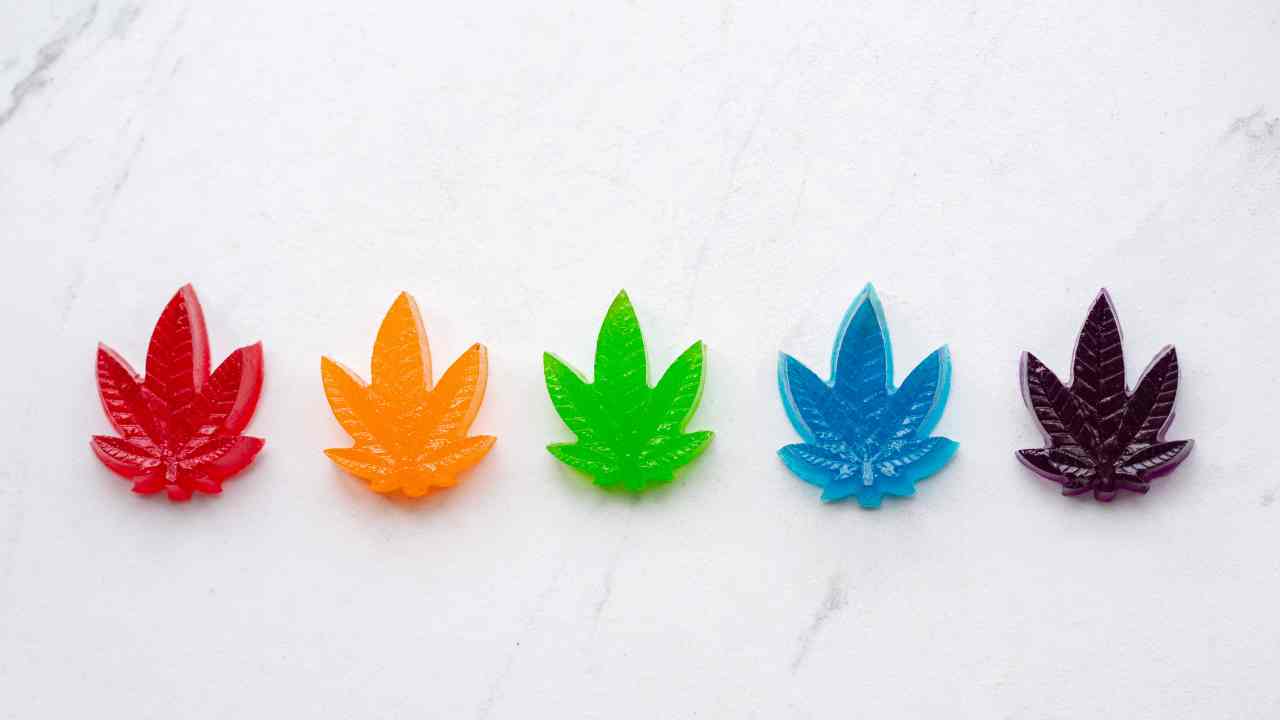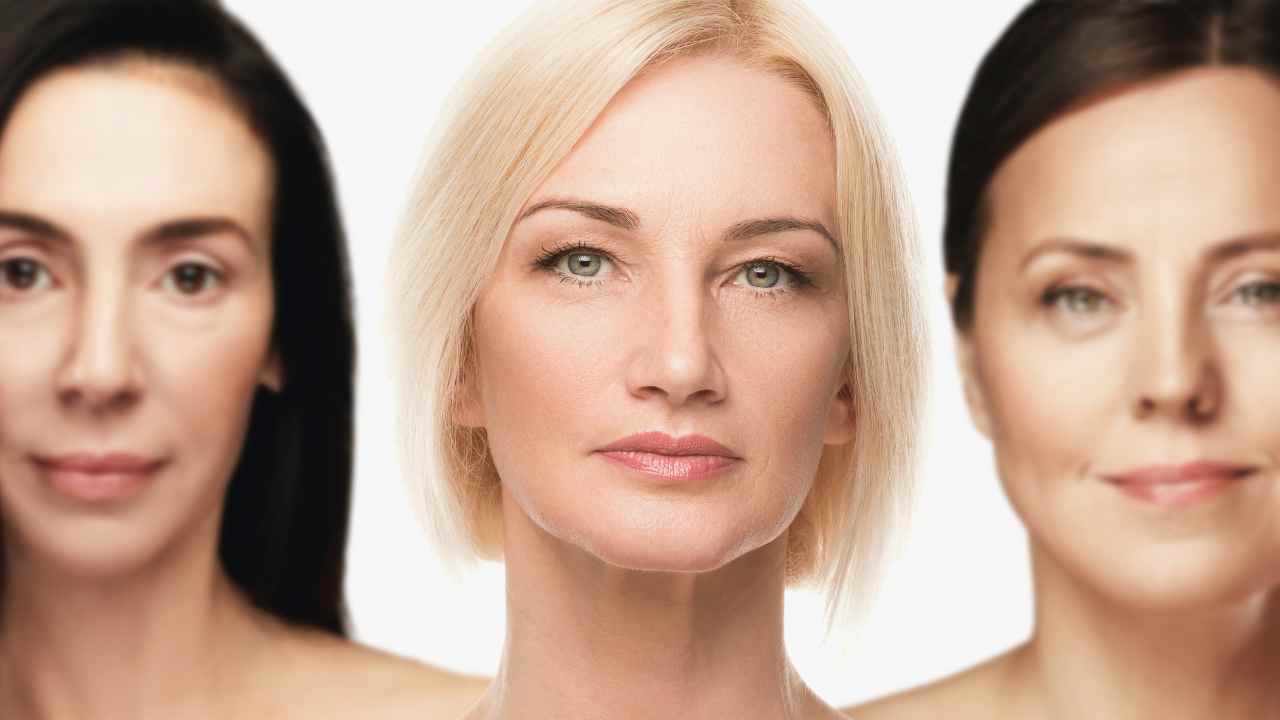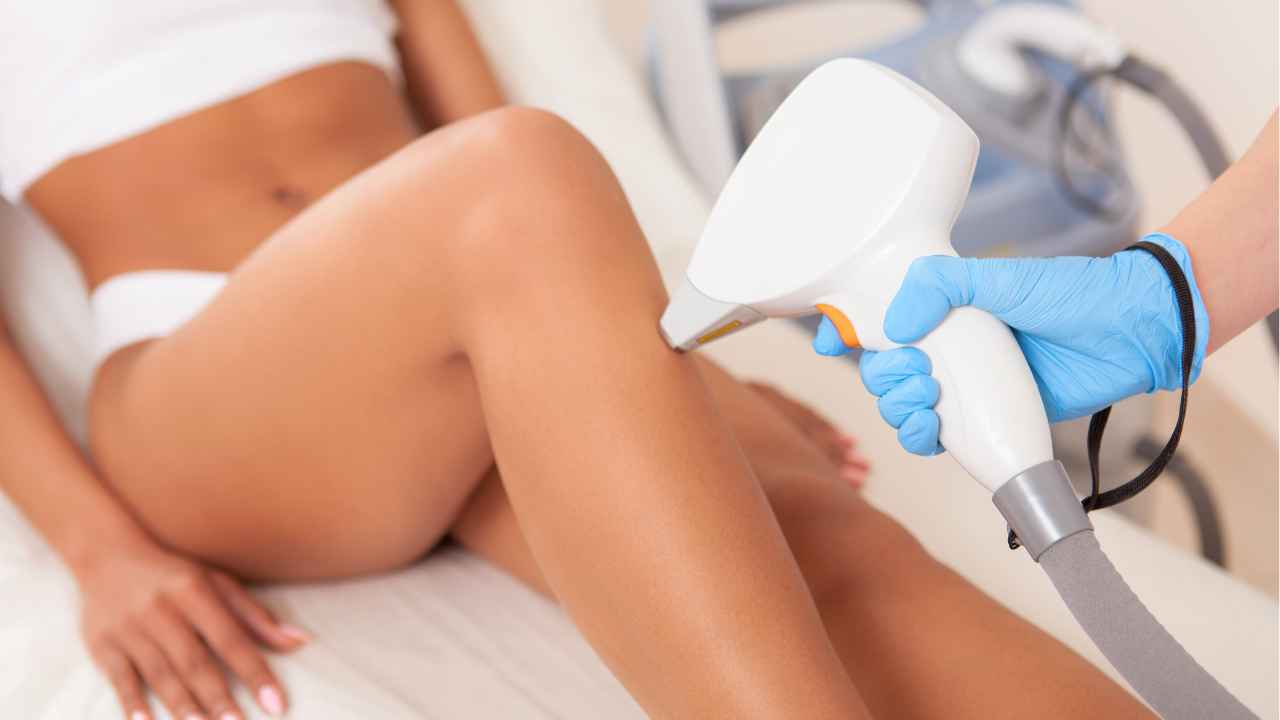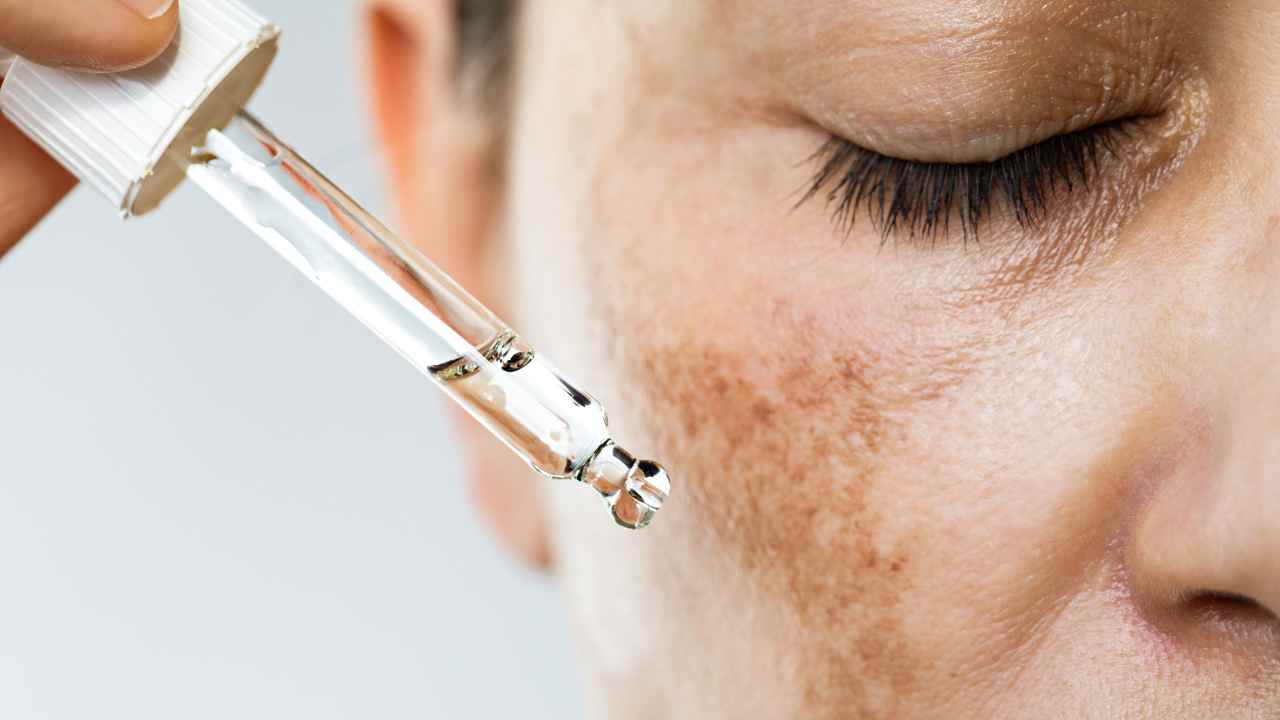
Skincare S.O.S. Using Glycolic Acid for Hyperpigmentation
If your complexion has been dulled down by hyperpigmentation lately, never fear – the glow-getter is here! You can tackle those age spots and acne scars with a powerful ingredient that's often overlooked: glycolic acid.
Hyperpigmentation can be caused by various factors such as sun exposure, hormonal changes, acne scars, or aging. And glycolic acid has proven its worth in treating uneven skin tone and reducing the appearance of dark spots.
In this post, we will explore the benefits of glycolic acid for hyperpigmentation, its working mechanism, and provide you with a step-by-step guide on how to incorporate it into your skincare routine for optimal results.
Keep reading to find out all about how this powerhouse product works, plus some tips and tricks for using it safely.
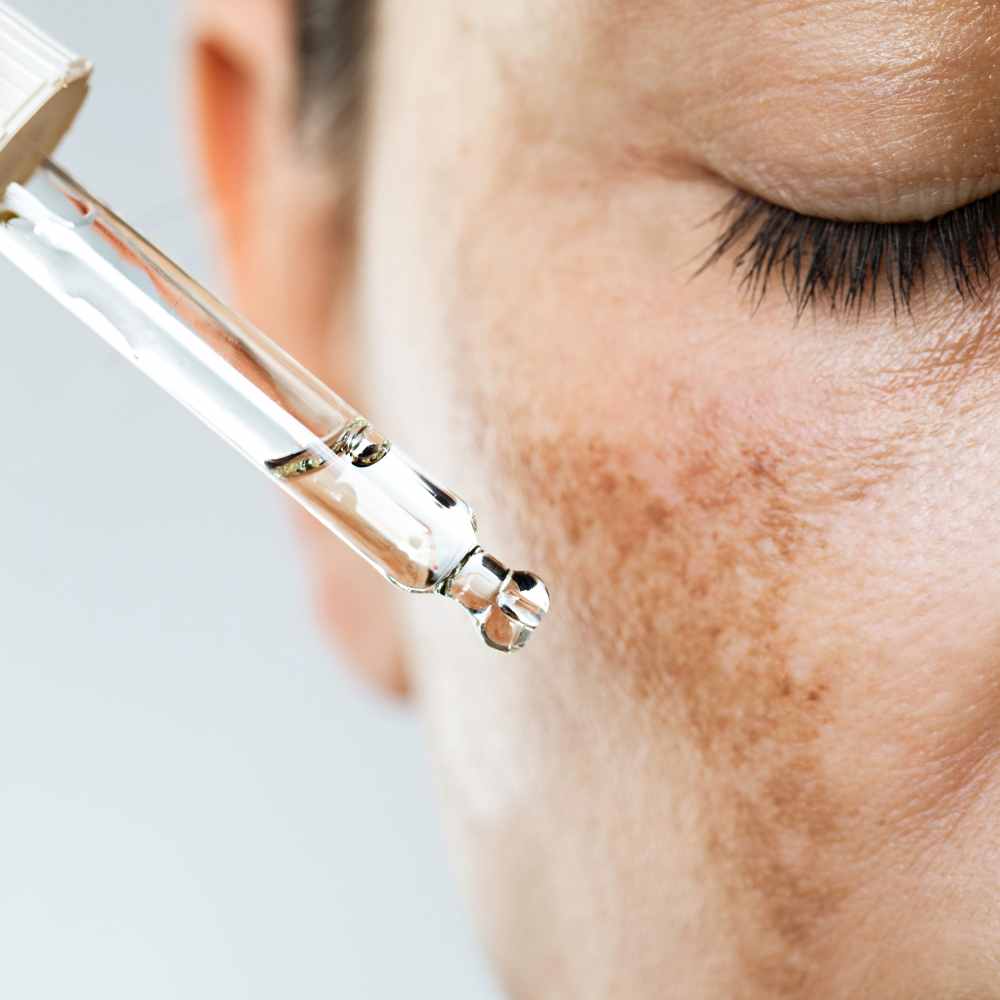
How Does Glycolic Acid Help with Hyperpigmentation
Glycolic acid belongs to the alpha hydroxy acid (AHA) family. It has a small molecular size that allows it to penetrate the skin deeply and effectively exfoliate the surface layers. When it comes to post inflammatory hyperpigmentation, glycolic acid offers several key benefits:
Exfoliation
Glycolic acid is a chemical exfoliant. It works by gently exfoliating the skin, removing dead skin cells, and promoting cell turnover. This process helps to shed the uppermost layer of the skin, where the excess melanin responsible for hyperpigmentation resides.
By sloughing off these pigmented cells, glycolic acid reveals a brighter and more even skin tone, especially for those with darker skin tones.
Skin Lightening
Glycolic acid has been found to inhibit the production of melanin, the pigment responsible for dark spots. By regulating melanin synthesis, glycolic acid can help lighten existing hyperpigmentation in your skin and prevent new dark spots from forming.
Smoothing Texture
Along with its exfoliating properties, glycolic acid helps to improve skin texture by stimulating collagen production. This can lead to a smoother and more refined complexion, reducing the appearance of uneven skin tone caused by acne prone skin and hyperpigmentation.
How to Use Glycolic Acid for Hyperpigmentation
Here are the basic steps you need to follow when using a glycolic acid product to treat hyperpigmentation in your skin. Follow these guidelines to have the best experience with glycolic acid.
Do a Patch Test
Before incorporating glycolic acid into your skincare routine, it's essential to perform a patch test to determine your skin's sensitivity. Apply a small amount of the product on a discreet area of your skin, such as behind your ear or on the inner forearm.
Wait for 24 hours and observe for any adverse reactions such as redness, irritation, or itching. If no negative reactions occur, it is generally safe to proceed.
Cleanse Your Face
Start by thoroughly cleansing your face with a gentle cleanser to remove any dirt, oil, or makeup. Choose a cleanser suitable for your skin type to avoid any potential irritation. Pat your skin dry with a clean towel.
Choose the Right Glycolic Acid Product
There are various glycolic acid products available, including toners, serums, creams, and glycolic acid peels. Select a product with a concentration of 5% to 10% glycolic acid for at-home use, as higher concentrations are typically used in professional settings.
If you are new to glycolic acid or have sensitive skin, start with a lower concentration and gradually increase as tolerated.
Glycolic Acid Application
Follow the instructions provided with your chosen glycolic acid product for application guidelines. Generally, you will apply a small amount of the product to your fingertips or a cotton pad and gently massage it into your skin.
Avoid the delicate eye area and any open wounds or broken skin. If using a peel, apply a thin layer to the face, leaving it on for the recommended time before rinsing off.
Start Slow and Gradually Increase Frequency
When introducing glycolic acid into your routine, start with a once-a-week application to allow your skin to acclimate. Monitor your skin's response and increase the frequency gradually as tolerated.
Some individuals may be able to use glycolic acid every other day or even daily, while others may find that two to three times a week is sufficient. Listen to your skin and adjust accordingly.
Follow with Moisturizer and Sunscreen
After applying glycolic acid, it is crucial to follow up with a moisturizer to replenish hydration and nourish the skin. Look for a moisturizer that suits your skin type and contains hyaluronic acid.
Additionally, protect your skin from harmful UV rays by applying a broad-spectrum sunscreen with an SPF of 30 or higher, as glycolic acid can increase sun sensitivity.
Be Patient and Consistent
Treating hyperpigmentation takes time and consistency. It may take several weeks or even months of regular glycolic acid use to see noticeable improvements in hyperpigmentation.
Results can vary depending on the severity of the pigmentation, individual skin type, and other factors. Be patient and maintain a consistent skincare routine to achieve the best outcome.
More Glycolic Acid Tips
But wait, there's more! Here are just a few more tips regarding glycolic acid and your skin. Keep these in mind for best results with your new skincare product.
Avoid Over-Exfoliation
While glycolic acid can deliver fantastic results, it's essential not to overdo it. Over-exfoliating can lead to skin irritation, dryness, or sensitivity. Follow the recommended usage guidelines and listen to your skin's needs. You want to exfoliate your skin, but you also want to protect your precious skin barrier.
Combine with Other Hyperpigmentation Treatments
Glycolic acid can be used in conjunction with other treatments for hyperpigmentation, such as vitamin C serums or niacinamide serum.
These ingredients complement each other and can enhance the overall brightening and lightening effects. Just make sure you layer these ingredients properly and don't apply more than one exfoliating serum or toner at a time.
Consult a Professional
If you have severe hyperpigmentation or are unsure about using glycolic acid on your own, it's advisable to consult a dermatologist or skincare professional. They can provide personalized recommendations and guidance tailored to your specific skin concerns.
Board certified dermatologist Dr. Luke Maxfield rates popular glycolic acid hacks in this TikTok video:
@dr.ljmaxfield First and foremost, Glycolic Acid is an incredible exfoliant. It can help with uneven texture, hyperpigmentation, fine lines, signal collagen growth, help kill the bacteria that contribute to acne, and is very nuanced and dependent on pH of the whole product for effectiveness. And while it can be helpful for multiple things, it is, first and foremost, an exfoliant so sometimes the irritation alone should be enough to look for better or more traditional options. But let's look at some of its viral uses. #glycolicacid #exfoliate #glycolicacidasdeodorant #glycolicacidforscalp #skincarehacks #skincare #darkunderarms #hyperpigmentation #dermatologist
♬ MOVE - Lecrae & 1K Phew
@dr. ljmaxfield
Your Partner in Fighting Hyperpigmentation
All in all, glycolic acid is a wonderful weapon against hyperpigmentation. With just a healthy dose of patience and these alpha hydroxy acids, you can transform your skin into looking brighter and more even. After all, who doesn't love a little pampering?
Now's the time to invest in this powerful alpha-hydroxy acid and make it part of your skincare routine. Trust us, you'll be glad you did!
Make sure you choose the right concentration for your skin type, monitor its reaction, and don't forget to moisturize and put on sunscreen.
Let go of the fear of hyperpigmentation and embrace your newfound confidence with brighter and beautiful skin – you deserve it!



